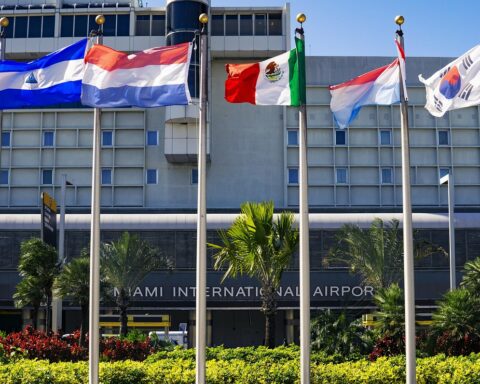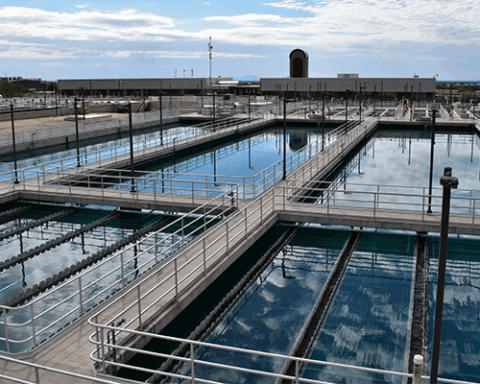One of Southern California’s smaller airports is planning to double its capacity. Palm Springs International Airport (PSP) is preparing for a major expansion after the Palm Springs city council unanimously approved a master plan that will help the facility handle twice its current passenger volume. The plan outlines development through 2042 when annual passenger traffic is projected to reach 6.4 million, up from 3.2 million in 2024.
The expansion includes a new hybrid rental car center, which will consolidate rental operations into a single-story structure with two underground levels adjacent to the terminal’s baggage claim area. That consolidation will clear up space to build seven new gates, an expanded baggage claim and a federal inspection station to accommodate international flights.
RELATED: $332 million in grants available to modernize airport infrastructure nationwide
“The master plan positions PSP to serve as both an economic driver and gateway for the entire Coachella Valley region,” said PSP Executive Director Harry Barrett Jr. “We’re laying the groundwork for thoughtful, community-focused growth while ensuring the airport reflects local values.”
PSP currently serves as a crucial transportation hub for the region, with 13 airlines providing nonstop service to 30 airports during peak season. The expansion will help accommodate growing demand.
The approved rental car center design emerged from extensive community engagement, with feedback from nearly 40 stakeholder presentations and three public open houses attended by over 350 people. The design intends to preserve the airport’s walkable layout while providing flexibility for future expansion with a potential second structure south of Kirk Douglas Way.
Before construction can begin, the project must complete environmental review under the California Environmental Quality Act (CEQA), expected to take 12-18 months. Following CEQA approval, detailed design work and financial planning will commence.
If the timeline proceeds as planned, construction could begin by 2027 or 2028, with initial terminal expansions operational in the early 2030s. The phased approach allows the airport to scale development based on actual passenger growth while maintaining current operations.
Photo courtesy Sdkb, CC BY-SA 4.0 https://creativecommons.org/licenses/by-sa/4.0, via Wikimedia Commons













